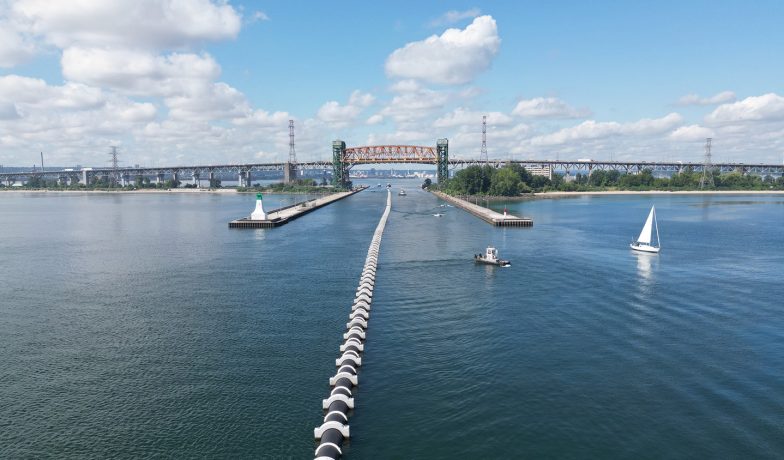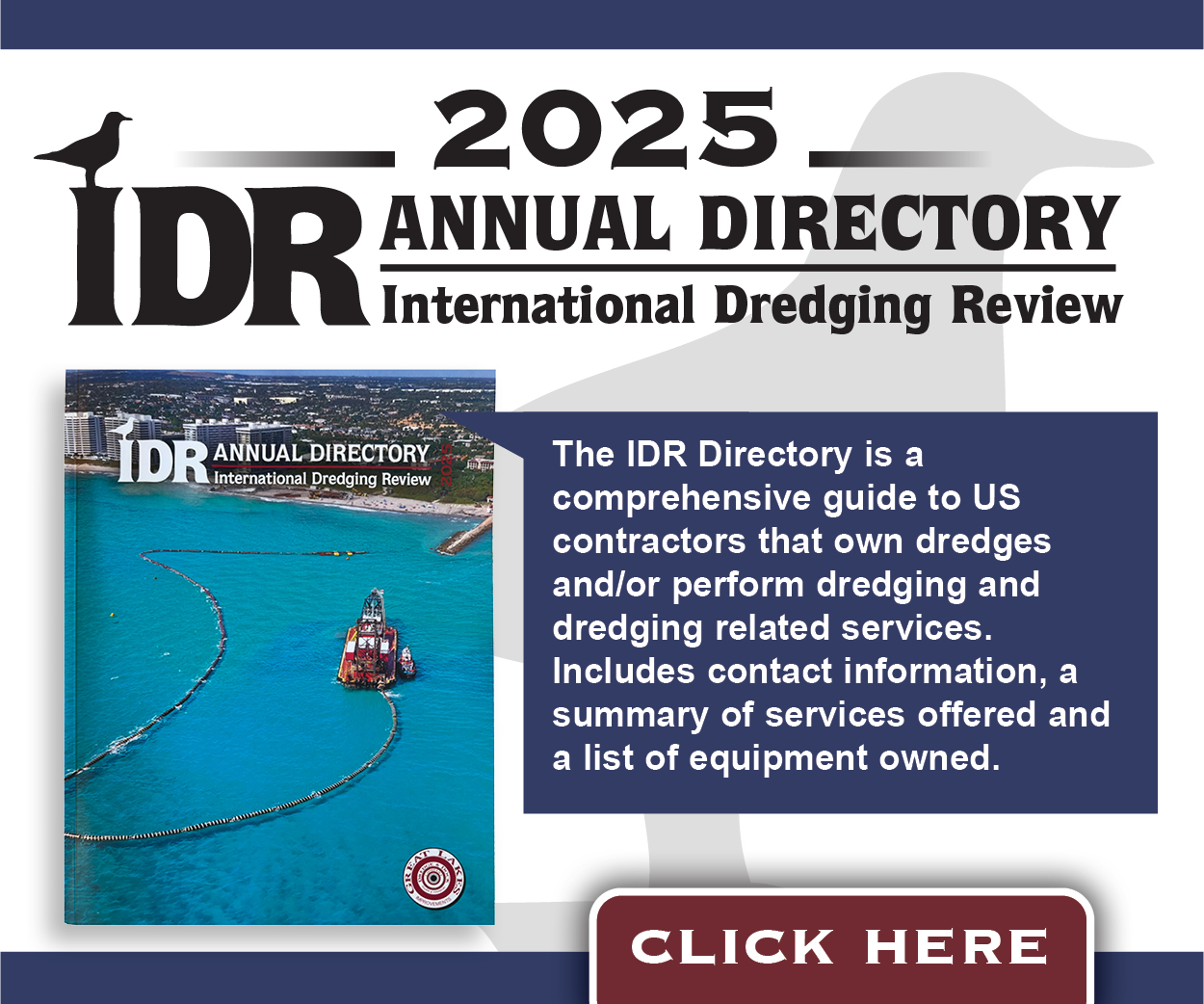Combating Aquatic Invasive Species
Upgrading Canada’s Ballast Water Treatment Regulation Plans
In light of the numerous problems created by aquatic invasive species (AIS), Canada’s Prime Minister Justin Trudeau has spoken out about this on numerous occasions. In 2021 he made this definitive statement of concern:
“AIS are a serious threat to our waters, our economy and our communities. They can damage infrastructure, harm native species and disrupt traditional ways of life”.
Working Together
This year, Trudeau launched the AIS Prevention Fund. “AIS are a major threat to our environment and economy. This fund will help us to prevent new species from entering our waters and to manage the spread of existing species,” he stated.
The Prime Minister has spoken about the importance of working together to address the AIS problem. “We all have a role to play in protecting our waters from AIS. By working together, we can prevent these harmful species from spreading and protect our ecosystems and communities,” he said.
Recognizing Trudeau’s concerns, Canada’s national government has taken several steps to address the problem of AIS, including:
- Developing and implementing the “Canadian Action Plan to Address the Threat of AIS”;
- Investing in research and development of new technologies to prevent and control AIS;
- Working with partners, such as provinces and territories, Indigenous communities and industry to implement the “Action Plan”.
The Prime Minister’s comments about AIS have helped advocates for change to highlight the importance of this issue – and to focus on the need for concerted and decisive action to address it.
New Initiatives
Some new Canadian government initiatives are focused on changing and upgrading the country’s ballast water (BW) treatment regulation plans. The most important of these is the BW Innovation Program (BWIP). It was launched this past February as a $12.5 million investment to support the development and implementation of innovative BW management solutions for the Great Lakes and St. Lawrence River (GLSLR) region.
BW does serious damage to delicate ecosystems because it can contain a variety of organisms, including plants, animals and microbes. When BW is discharged into new waters, these organisms can be introduced – and then become invasive.
Many years of scientific research have shown that the Great Lakes-St. Lawrence River region is particularly vulnerable to AIS because of its cold, fresh and sediment-laden waters. Many BW treatment systems that are currently available are not well-suited for these conditions, which can lead to the spread of invasive species.
The BWIP is supporting a range of projects, with a focus on these four areas:
- Developing and testing new BW treatment technologies that are specifically designed for the Great Lakes-St. Lawrence River region;
- Demonstrating the effectiveness and feasibility of new BW management practices;
- Providing training and support to industry on the installation, operation and maintenance of BW treatment systems;
- Generating data and information on the performance of BW treatment systems in the GLSLR region.
The BWIP is expected to play an important role in helping Canada to meet its BW management goals and to protect the GLSLR region from the ongoing damage caused by AIS.
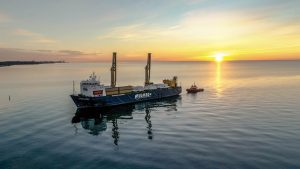
In addition to the BWIP, Canada’s government is working on several other initiatives to improve Canada’s BW treatment regulation plans, such as:
- Developing a national BW exchange standard;
- Identifying and designating BW exchange zones in Canadian waters;
- Strengthening enforcement of BW Regulations.
Canada’s plans are based on the BW Management Convention (BWM Convention), which is managed by the London-based International Maritime Organization (IMO). The Convention, which sets a global standard for BW management, aims to prevent the introduction and spread of AIS.
As of October 19, 2023, 92 countries have ratified the BWM Convention. The Convention entered into force on September 8, 2017, after it was ratified by 30 countries representing 35 percent of the world’s merchant shipping tonnage.
The Convention is widely recognized to be an important tool for preventing the spread of AIS. The Convention requires ships to manage their BW to prevent the introduction and spread of AIS. This can be done by exchanging BW in mid-ocean or by treating BW using an approved treatment system.
The ratification of the Convention by 92 countries is now seen as a significant step forward in the global effort to prevent the spread of AIS.
Canada’s national regulations came into force on June 23, 2021. These regulations require all ships entering or leaving Canadian waters to comply with the BWM Convention. The regulations also apply to Canadian ships operating within Canadian waters.
The regulations require ships to either:
- Exchange their BW in mid-ocean, at least 200 nautical miles from land and in water at least 200 meters deep; or
- Treat their BW using an approved BW treatment system.
The regulations also require ships to have a BW management plan in place and to keep records of their BW management activities.
Canada’s regulations are being phased in, with different requirements coming into force for different types of ships at different times. For example, all new ships built after September 8, 2016, must be equipped with a BW treatment system. All existing ships must be equipped with a BW treatment system by September 8, 2024, unless granted an extension.
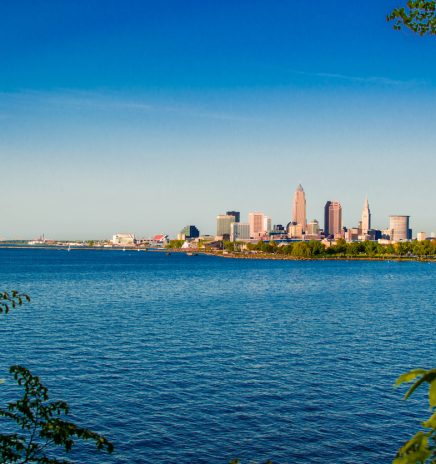
Bill Introduced to Protect Funding for NOAA and Great Lakes Programs
In response to a series of funding and staffing cuts to the National Oceanic Atmospheric Association (NOAA) and the National Weather Service, U.S. Rep. Tim Kennedy (D-NY) has introduced H.R.... Read More
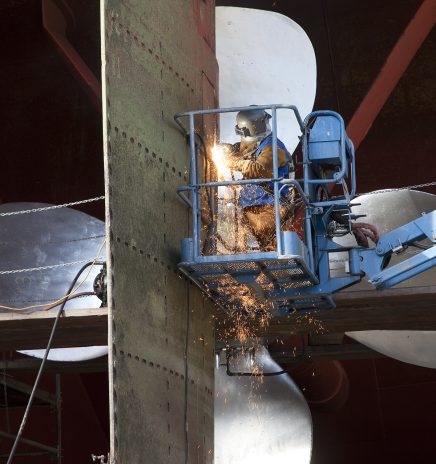
U.S. Shipping Companies Invest in Great Lakes
Critical maintenance is well underway on the U.S.-flagged fleet of lakers tied up at ports across the Great Lakes region in anticipation of the upcoming navigation season. Hundreds of skilled... Read More

